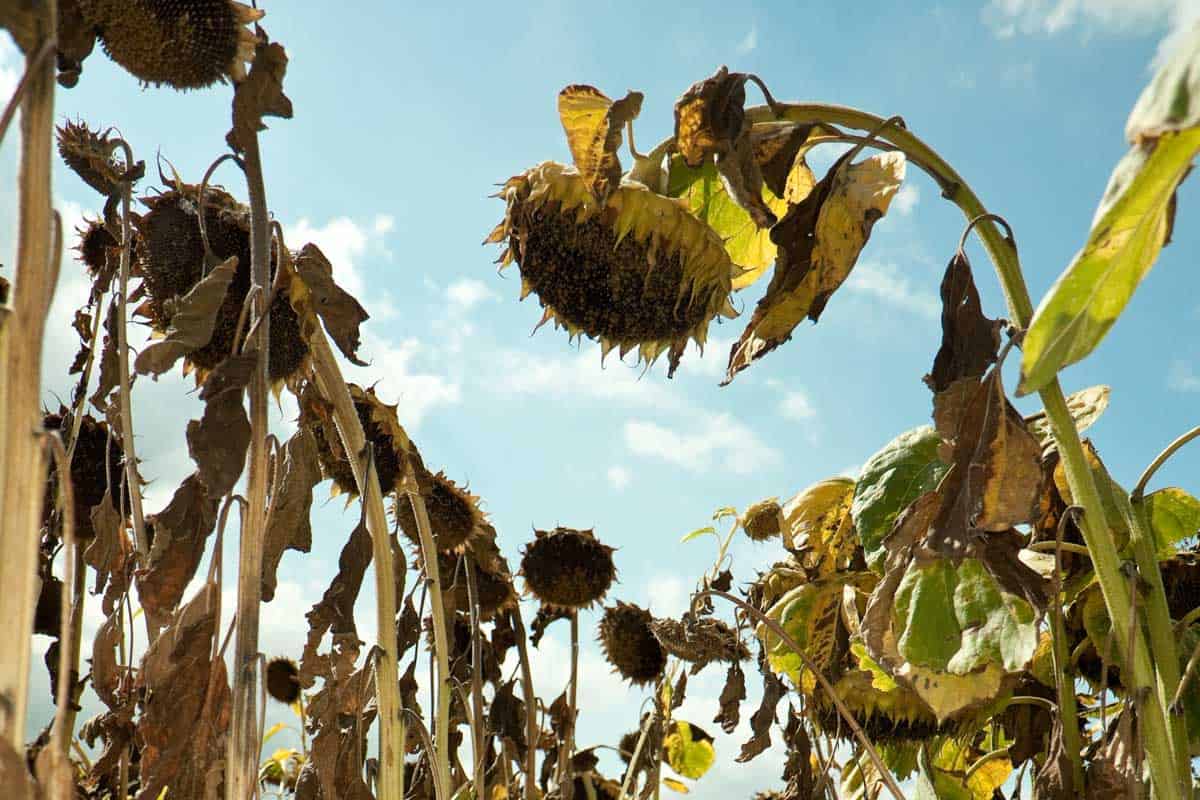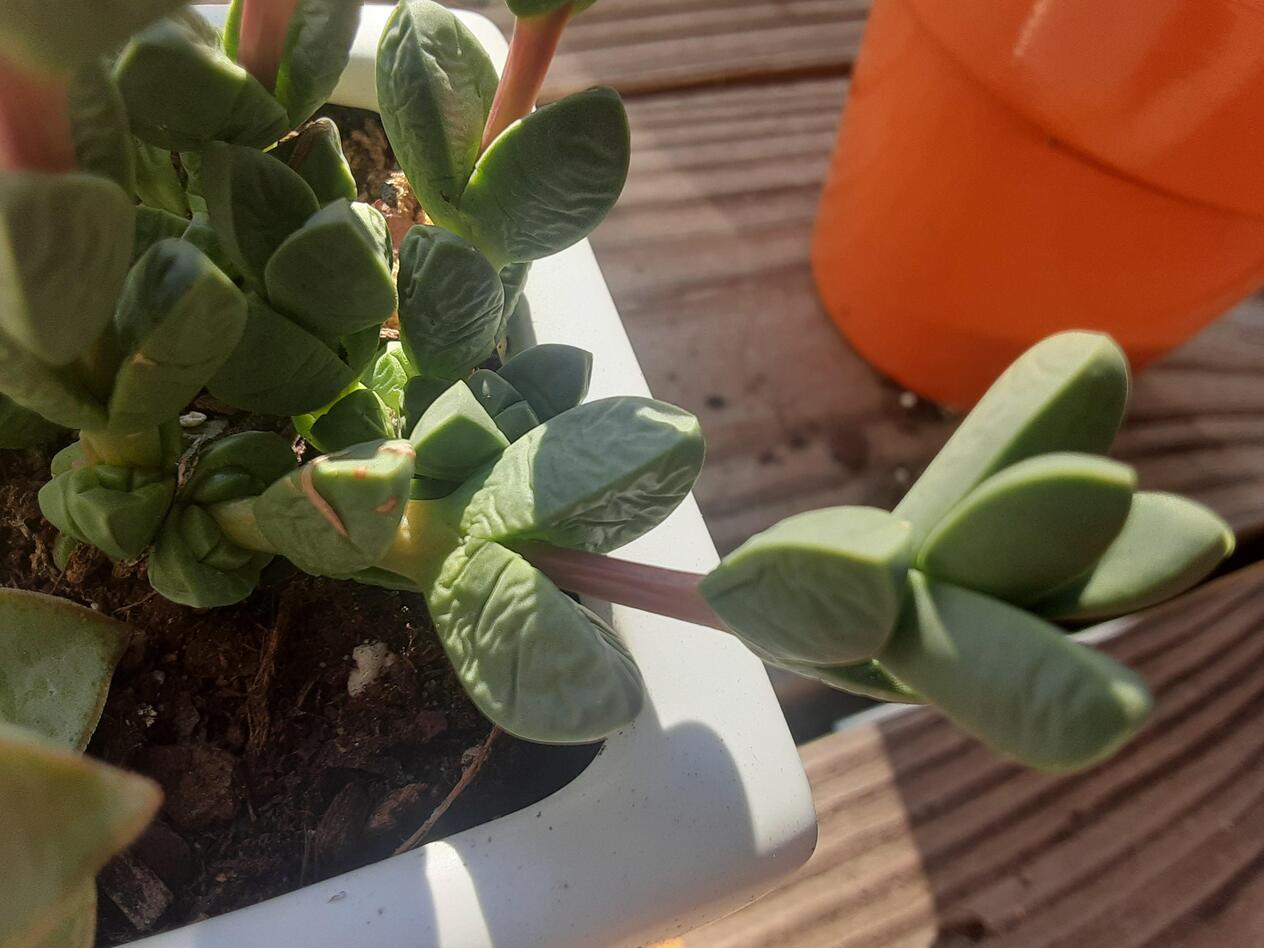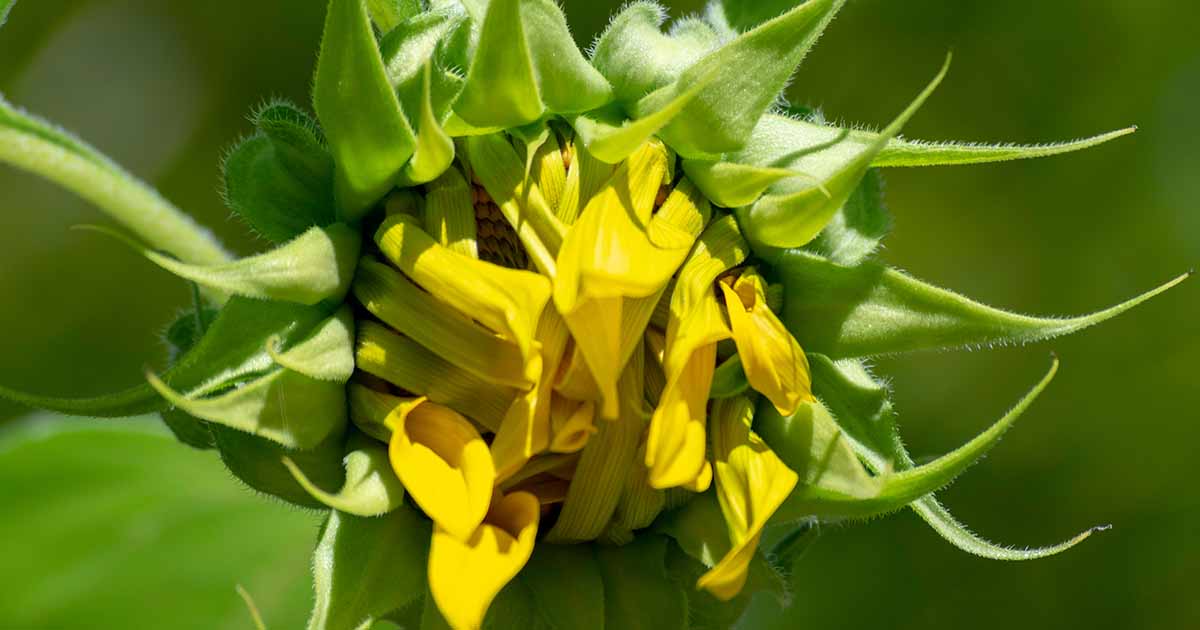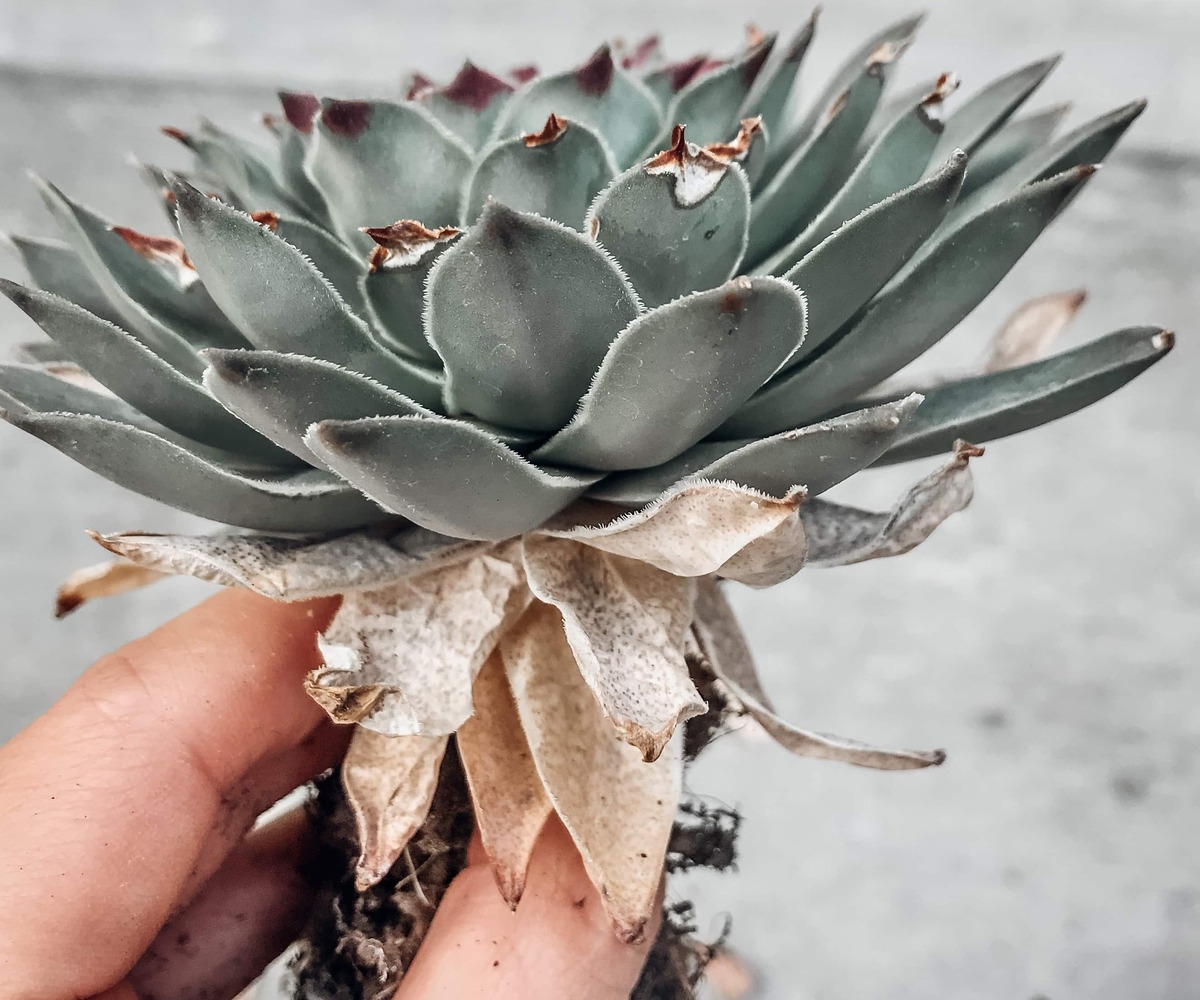Home>Types of Gardening>Edible Gardening>Why Is My Rosemary Plant Curling
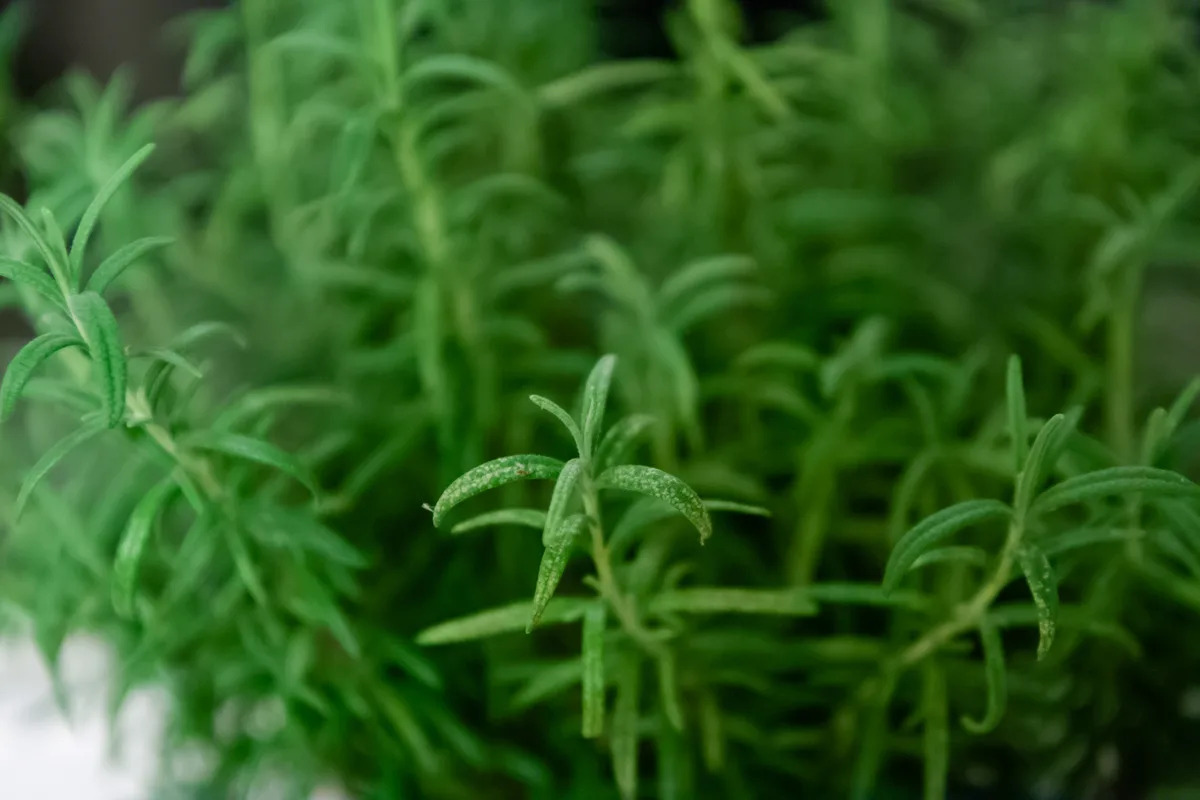

Edible Gardening
Why Is My Rosemary Plant Curling
Published: January 29, 2024
Discover why your rosemary plant is curling and learn how to fix it with our expert tips on edible gardening. Keep your plants healthy and thriving!
(Many of the links in this article redirect to a specific reviewed product. Your purchase of these products through affiliate links helps to generate commission for Chicagolandgardening.com, at no extra cost. Learn more)
Table of Contents
Introduction
Introduction
When it comes to cultivating a thriving herb garden, rosemary is a beloved and versatile choice. Its fragrant, needle-like leaves and robust flavor make it a staple in various culinary dishes and herbal remedies. However, as a gardener, you may encounter a puzzling situation where your once-vibrant rosemary plant starts to exhibit curling leaves. This unexpected phenomenon can be a cause for concern, prompting you to delve into the potential underlying reasons and solutions to restore your plant’s health.
Understanding the factors contributing to the curling of rosemary leaves is crucial for effectively addressing the issue and nurturing a flourishing herb garden. In this comprehensive guide, we will explore the various environmental stressors, pests and diseases, watering practices, and nutrient deficiencies that can lead to the curling of rosemary plants. By gaining insight into these potential culprits, you will be equipped to identify and rectify the specific challenges your rosemary plant may be facing, ultimately fostering its vitality and longevity.
Environmental Stress
Environmental Stress
Environmental stressors can significantly impact the health and appearance of your rosemary plant, potentially causing its leaves to curl as a visible sign of distress. Understanding the specific stressors that may be affecting your plant is essential for implementing targeted remedies and preventive measures.
1. Temperature Extremes: Rosemary is sensitive to extreme temperature fluctuations. Prolonged exposure to intense heat or cold can lead to leaf curling as the plant attempts to conserve moisture and protect itself from environmental extremes. Ensure that your rosemary plant is situated in a location with adequate protection from harsh weather conditions, such as strong winds and scorching sunlight.
2. Humidity Levels: Insufficient or excessive humidity can also trigger leaf curling in rosemary. Low humidity levels can lead to moisture loss through the leaves, prompting curling as a survival mechanism. Conversely, high humidity can create an environment conducive to fungal diseases, further impacting the plant’s health. Consider adjusting the surrounding humidity levels by employing methods such as misting or using a humidifier to maintain optimal moisture levels for your rosemary plant.
3. Soil Quality: The composition and drainage of the soil can exert significant influence on your rosemary plant’s well-being. Poorly draining soil can result in waterlogged roots, leading to stress and leaf curling. Conversely, excessively fast-draining soil may fail to retain adequate moisture, causing dehydration and subsequent curling. Ensure that your rosemary is planted in well-draining soil with a balanced moisture retention capacity to mitigate the risk of environmental stress.
By attentively addressing these environmental stressors, you can create an optimal growing environment for your rosemary plant, minimizing the likelihood of leaf curling and promoting its overall resilience.
Pests and Diseases
Pests and Diseases
Unwelcome pests and insidious diseases can pose significant threats to the well-being of your cherished rosemary plant, potentially manifesting as curling leaves and other visible signs of distress. Identifying the presence of pests or diseases is crucial for implementing targeted interventions to safeguard your plant’s health.
1. Spider Mites: These minuscule arachnids can inflict substantial damage to rosemary plants, causing leaf discoloration, stippling, and curling as they feed on the foliage. Regularly inspect the undersides of the leaves for fine webbing and tiny mites, and promptly address any infestations with natural or organic pest control remedies to prevent further harm to your plant.
2. Powdery Mildew: A common fungal disease that can afflict rosemary, powdery mildew often presents as a powdery white coating on the leaves, accompanied by leaf distortion and curling. To mitigate the impact of powdery mildew, ensure proper air circulation around the plant, avoid overhead watering, and consider applying fungicidal treatments as a preventive measure.
3. Root Rot: Excessive soil moisture, often stemming from overwatering or poor drainage, can predispose rosemary plants to the development of root rot. As the roots deteriorate, the plant’s ability to absorb nutrients and water is compromised, leading to symptoms such as wilting and leaf curling. To address root rot, adjust the watering regimen to maintain optimal soil moisture levels and consider repotting the plant in well-draining soil if necessary.
By remaining vigilant for signs of pest infestations and diseases, you can promptly intervene to mitigate their impact and protect the vitality of your rosemary plant, fostering a thriving and resilient herb garden.
Watering Issues
Watering Issues
Proper watering practices are fundamental to the well-being of your rosemary plant, as both inadequate and excessive moisture can precipitate leaf curling and other detrimental effects. Understanding the nuances of watering your plant is essential for maintaining optimal soil moisture and fostering its overall health.
1. Underwatering: Insufficient water uptake can prompt rosemary plants to exhibit leaf curling as a protective response to conserve moisture. To address underwatering, ensure that you establish a consistent watering schedule, especially during periods of intense heat or dryness. Monitor the soil moisture levels regularly and adjust your watering frequency to align with the plant’s needs, aiming to maintain evenly moist but well-draining soil.
2. Overwatering: Conversely, overzealous watering can lead to waterlogged soil and root suffocation, culminating in symptoms such as wilting, yellowing, and curling of the leaves. To mitigate the impact of overwatering, allow the soil to dry out slightly between watering sessions and ensure that the plant is situated in a well-draining container or garden bed. Additionally, consider adjusting the frequency and volume of watering to strike a balance that promotes healthy root function and foliage development.
3. Water Quality: The quality of the water used for irrigation can also influence the health of your rosemary plant. Excessive mineral content or chemical residues in the water supply can detrimentally affect the plant, potentially contributing to leaf curling and discoloration. If possible, utilize filtered or distilled water to minimize the risk of adverse effects from water impurities.
By conscientiously managing the watering regimen for your rosemary plant and optimizing the quality and quantity of moisture it receives, you can mitigate the risk of leaf curling and foster a robust and vibrant herb garden.
Nutrient Deficiency
Nutrient Deficiency
Essential nutrients play a pivotal role in sustaining the vigor and vitality of your rosemary plant, and deficiencies in key elements can manifest as visible symptoms, including leaf curling and discoloration. Nurturing your plant with the appropriate balance of nutrients is integral to promoting its overall well-being and resilience.
1. Nitrogen Deficiency: Inadequate nitrogen levels in the soil can impede the healthy growth and development of rosemary, leading to symptoms such as yellowing and curling of the leaves. To address nitrogen deficiency, consider incorporating organic nitrogen-rich fertilizers or amendments into the soil, ensuring that the plant receives the necessary nutrients to support robust foliage and overall vitality.
2. Potassium Deficiency: Insufficient potassium can compromise the plant’s ability to regulate water uptake and maintain turgidity, potentially resulting in leaf curling and marginal necrosis. Integrate potassium-rich fertilizers or organic sources of potassium, such as banana peels or wood ash, into the soil to rectify deficiencies and fortify the plant’s resilience against environmental stressors.
3. Iron Deficiency: In regions with alkaline soils, rosemary plants may be susceptible to iron deficiency, characterized by interveinal chlorosis and leaf curling. Address iron deficiency by applying chelated iron supplements or iron-enhanced fertilizers to the soil, facilitating the optimal absorption of this vital micronutrient by the plant’s roots.
By attentively monitoring the nutrient status of your rosemary plant and addressing potential deficiencies through targeted fertilization and soil amendments, you can mitigate the risk of leaf curling and foster the robust growth and vitality of your cherished herb garden.
Conclusion
Cultivating a thriving rosemary plant entails a nuanced understanding of the various factors that can influence its health and appearance. The occurrence of leaf curling serves as a visible indicator of underlying stressors, prompting gardeners to delve into the intricacies of environmental conditions, pest management, watering practices, and nutrient provision to safeguard the plant’s well-being.
By attentively addressing environmental stressors such as temperature extremes, humidity levels, and soil quality, gardeners can create an optimal growing environment for their rosemary plants, minimizing the likelihood of leaf curling and promoting overall resilience. Remaining vigilant for signs of pest infestations and diseases enables prompt intervention to mitigate their impact and protect the vitality of the plant, fostering a thriving and resilient herb garden.
Proper watering practices, encompassing considerations of both insufficient and excessive moisture, are fundamental in maintaining optimal soil moisture and mitigating the risk of leaf curling. Additionally, conscientiously managing the nutrient balance of the plant through targeted fertilization and soil amendments is integral to fostering robust growth and vitality, minimizing the risk of leaf curling and promoting the enduring health of the herb garden.
By integrating these insights and proactive measures into your gardening practices, you can nurture vibrant and flourishing rosemary plants, enriching your culinary endeavors and herbal pursuits with the bountiful yields of a well-tended herb garden.
